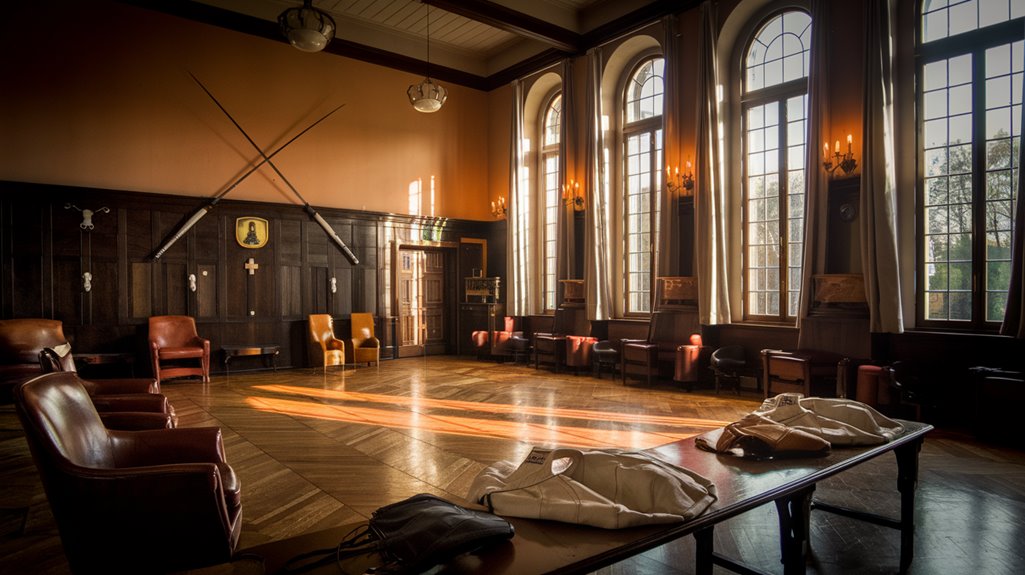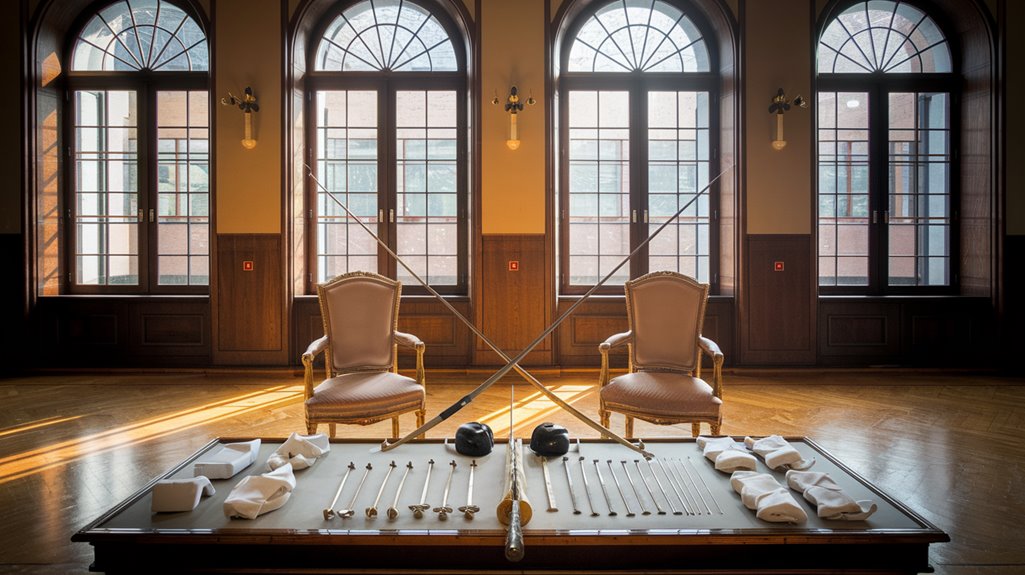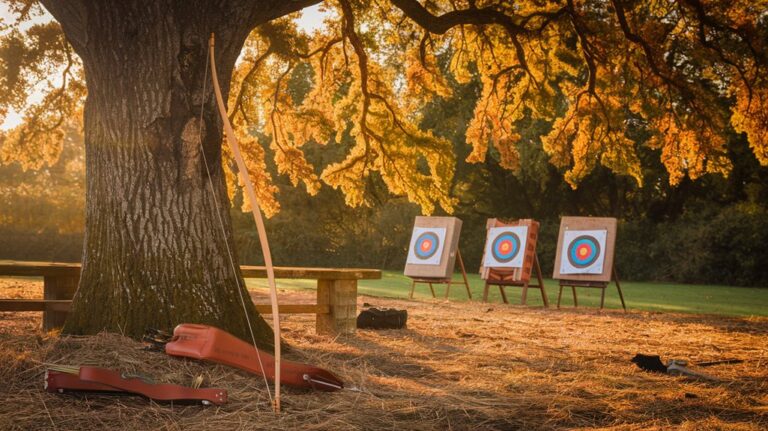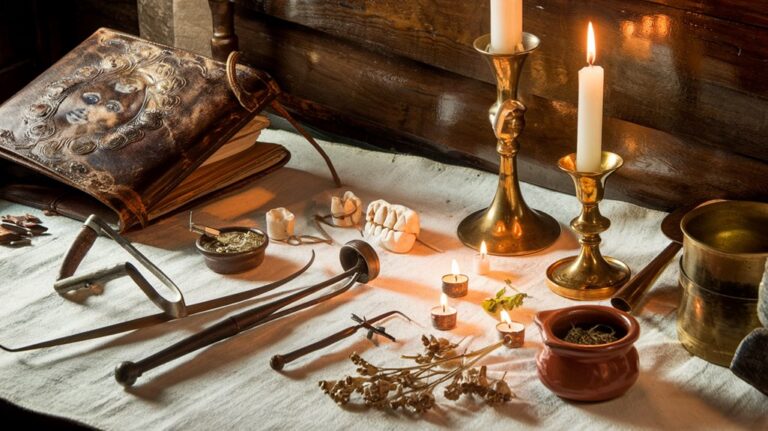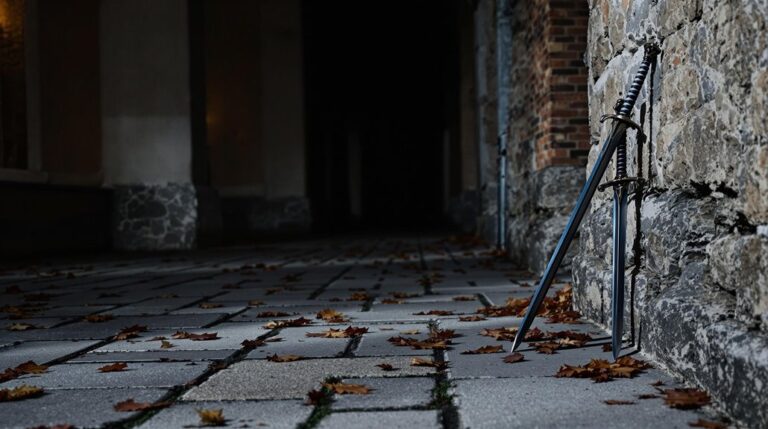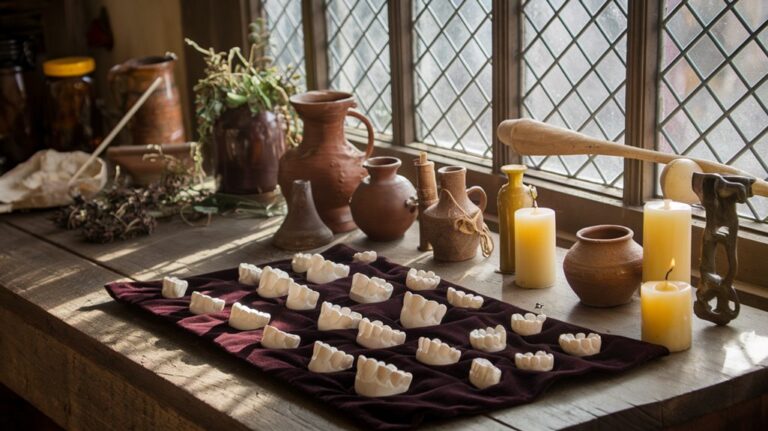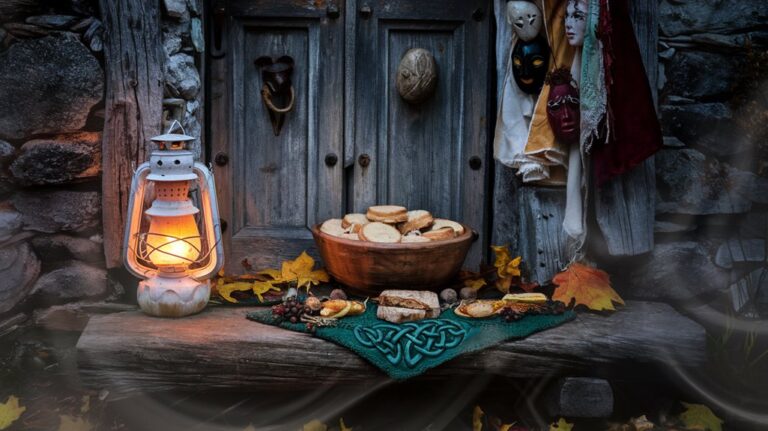Mensur: Germany’s Face-Scarring Sword Duels
You've probably heard of dueling, but Germany's Mensur tradition takes combat to a different level. Unlike fights to the death, these ritualistic sword matches aim to mark participants with permanent facial scars – badges of honor in certain social circles. If you think it's just ancient history, you'll be surprised to learn that some German student organizations still practice this centuries-old tradition today, complete with specialized weapons and strict protocols that'll make you question the line between bravery and madness.
The Origins and Evolution of Mensur Dueling
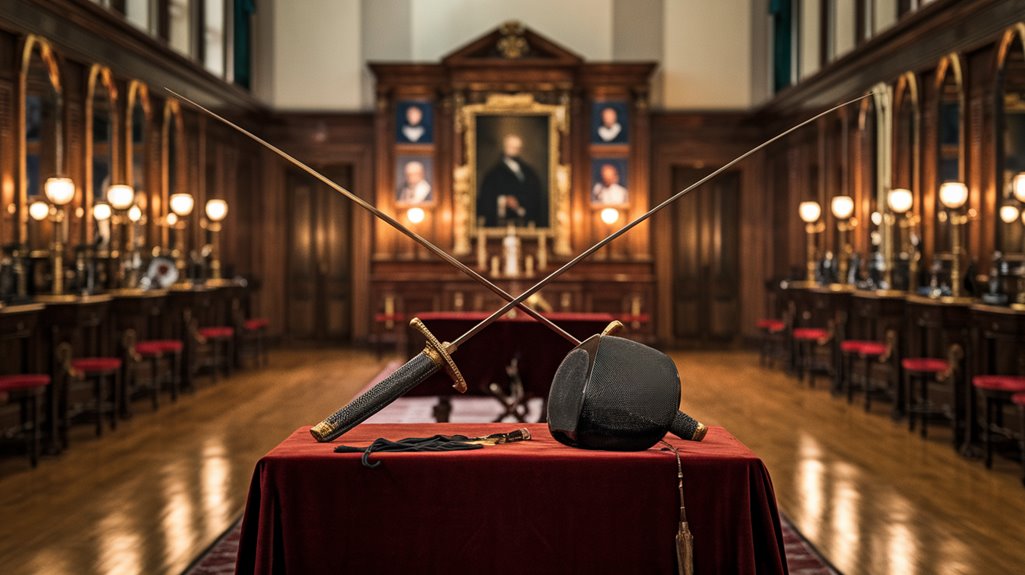
As medieval traditions evolved into formalized combat, mensur dueling emerged in 16th century Germany as a noble practice among students and young people.
The historical significance of these duels extended beyond mere combat, as they became deeply ingrained cultural practices within academic institutions across Germany, Austria, and other European nations. During World War II, student groups showed remarkable dedication by conducting over 100 duels in Freiburg alone. Participants used a distinctive weapon called the heavy schlager blade that demonstrated their commitment to tradition.
You'll find that mensur's evolution marks distinct changes in its rules and purpose. While early duels allowed movement and dodging, by 1850 the practice shifted to static encounters where you'd have to stand your ground.
The term itself comes from the Latin word for "dimension," referring to the precise distance between opponents. Though banned during the Third Reich, mensur's revival in 1953 and the church's approval in 1988 cemented its enduring role in Germanic academic tradition.
Weapons, Rules, and Rituals
While most modern sports have simplified equipment, mensur dueling maintains its complex array of traditional weapons and protective gear.
The Mensur weapons include specialized sabres called Mensurschläger, which come in two varieties: the Korbschläger and Glockenschläger, each featuring distinct guard designs and razor-sharp edges.
These intense duels often begin when participants engage in alcohol-fueled competitions that escalate into formal challenges.
You'll need to follow strict Mensur rules, which include:
- Standing at a fixed arm's length from your opponent
- Keeping your feet completely still – no dodging allowed
- Wearing mandatory protective gear including chainmail and metal goggles
- Targeting only the head area for strikes
Two seconds enforce these regulations while physicians stand ready to treat injuries. Drawing first blood typically ends a bout.
You must maintain proper stance with your left hand behind your back, and remember – flinching isn't just discouraged, it's considered a sign of cowardice.
The Art of Scarification and Healing
The stark cuts and wounds from Mensur dueling lead to permanent facial marks that carry deep cultural significance.
Like other scarification techniques across cultures, Mensur scars require specific healing processes to achieve their distinctive appearance. You'll find these marks mainly on the left cheek, a result of right-handed sword fighting during academic duels.
Foreign visitors to German universities in the late 1800s were often shocked by the students' facial scars. During duels, medical doctors were required to be present to treat wounds immediately.
While traditional scarification often uses substances like clay or ash to manipulate healing, Mensur participants relied on medical attention to guarantee proper scar formation.
Some students even went as far as falsifying these marks through self-cutting or seeking doctors to create artificial scars, highlighting their social importance.
Though the practice has largely disappeared since World War II, these facial scars once served as powerful symbols of honor and courage in German and Austrian university culture.
Social Status and Elite Culture
German aristocracy wielded Mensur dueling as a powerful tool to maintain social hierarchy throughout the 19th century.
You'd find elite circles using these sword duels to demonstrate their superior breeding and reinforce social status, even as middle-class students began entering universities.
The practice became deeply embedded in German culture, with elite masculinity and honor at its core. After students earned their badge of honor scars, many went on to secure prestigious government positions. Much like public discourse in academia today, these duels served as a platform for settling disputes and establishing reputations.
Here's how Mensur shaped social standing:
- Student corporations required participation for membership
- Facial scars became prestigious status symbols
- Kaiser Wilhelm II openly endorsed the practice
- The aristocracy used it to distinguish themselves from common citizens
Even when facing government bans and changing social attitudes, Mensur persisted through student corporations.
While its cultural significance has diminished today, you'll still find some German student groups maintaining this centuries-old tradition of elite dueling.
Historical Figures Who Shaped Mensur
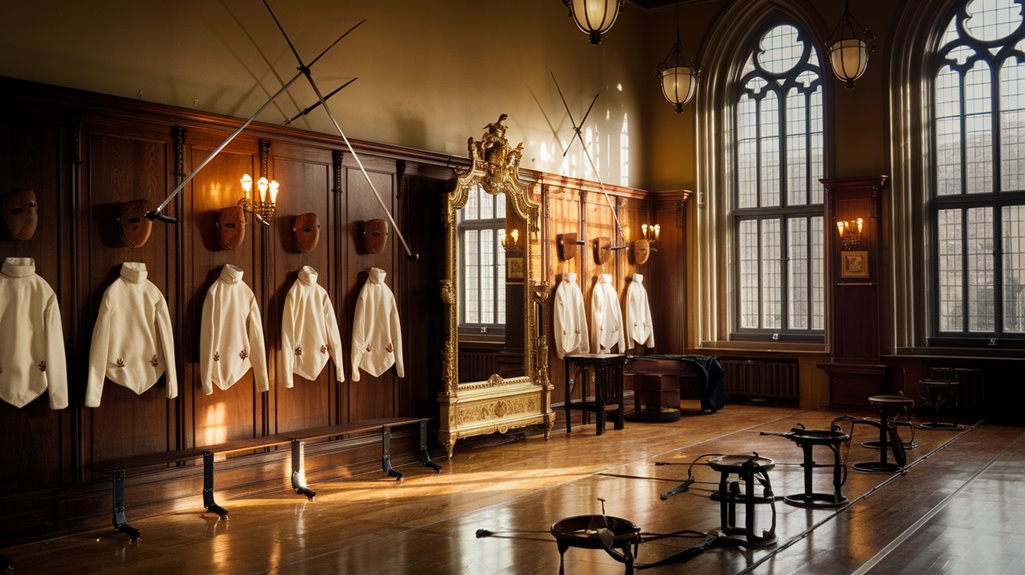
Throughout Mensur's rich history, several prominent figures left their mark on this distinctive German dueling tradition. Bismarck's influence was particularly significant, as he championed facial scars as badges of courage.
Kaiser Wilhelm II further legitimized the practice in 1890, declaring it essential for young men's education. Early duels focused on drawing first blood to determine the winner.
Notable duelists like Fritz Bacmeister set impressive records with 100 bouts, while Mark Twain's vivid accounts helped document Mensur's cultural significance. Much like bloggers sharing personal experiences, duelists engaged in mutual obligations within their community.
During darker times, Hitler's disapproval forced student corporations underground, though groups like the SC-Comradeship Hermann Löns kept the tradition alive.
You'll find that technical innovations, such as the Göttinger Hieber and Glockenschläger, helped shape Mensur's legacy by making the practice safer.
Despite facing multiple bans and challenges, Mensur endures today, though less prominently than in its 19th-century heyday.
 Brotherhood of St. Mark, which held a quasi-monopoly on martial arts education from 1487 to 1570.
Brotherhood of St. Mark, which held a quasi-monopoly on martial arts education from 1487 to 1570.
While its popularity has declined in modern times, approximately 400 student corporations still practice Mensur today, maintaining its core values of character building and tradition, though with considerably enhanced safety measures. The presence of attending physicians during bouts became mandatory to ensure proper medical care and risk management.

